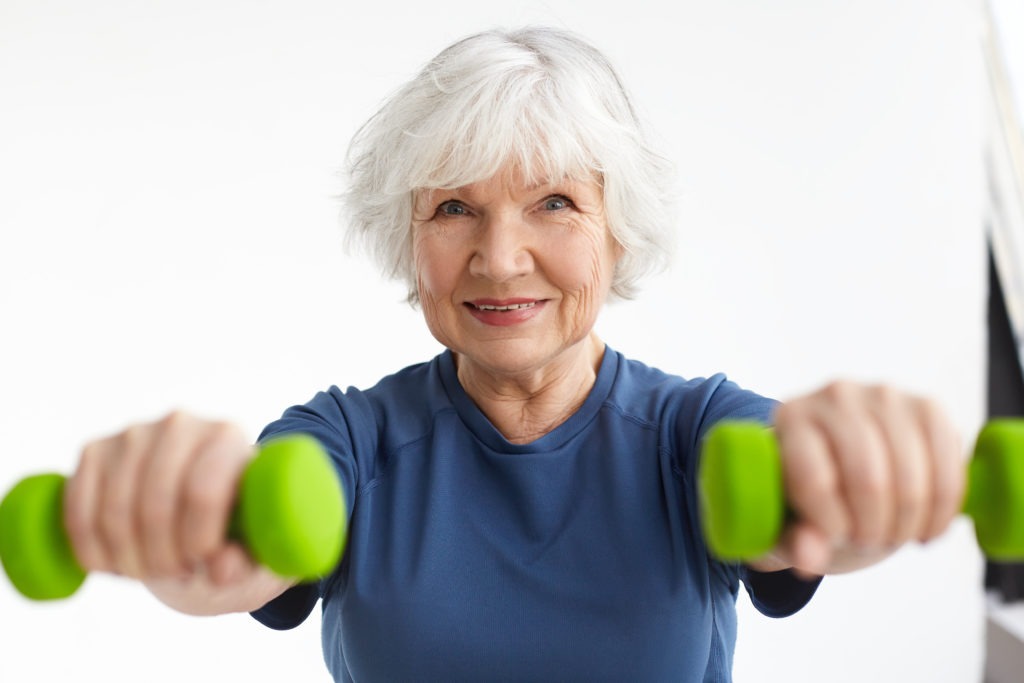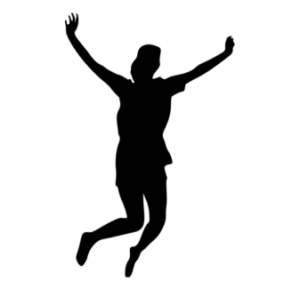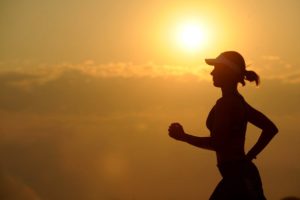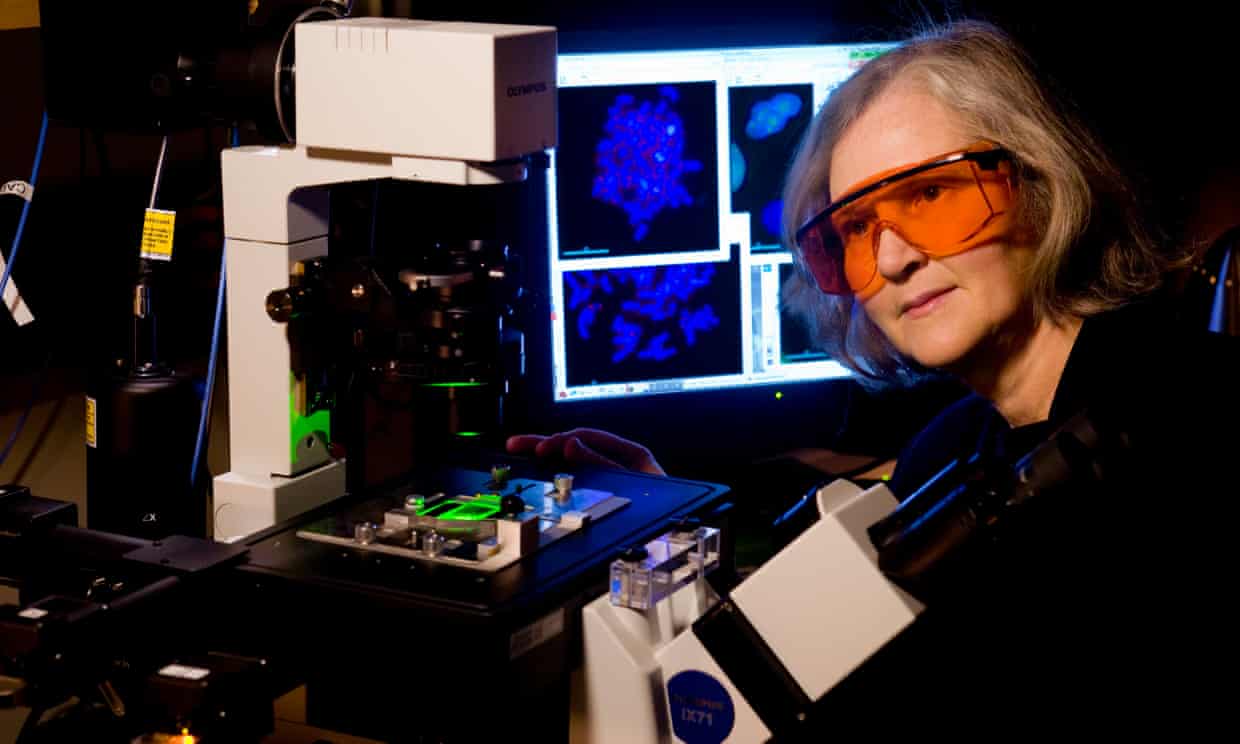
Tapping Into a Better Brain
- 4 min read
- 0 comment
A number of years ago, before I went back to school to study gerontology, I began noticing articles in a variety of […]
Exercise has emerged in the last few years as so much more important that we previously thought.
The smart folks are saying that every neurologist should be prescribing exercise to their patients before they write a script for anything else.
One key finding is that exercise slows down aging of the body. For our hippocampus and its attending telomeres, aerobic exercise is the answer.








Learn some of the best practices for healthy eating that have been proven by medical studies to assist in aging vibrantly.
Simple steps you can take to make your food yadda yadda.
We bring together nutritionists, aging experts, chefs and tons of other people in this introductory course on nutrition for physical and brain health.






